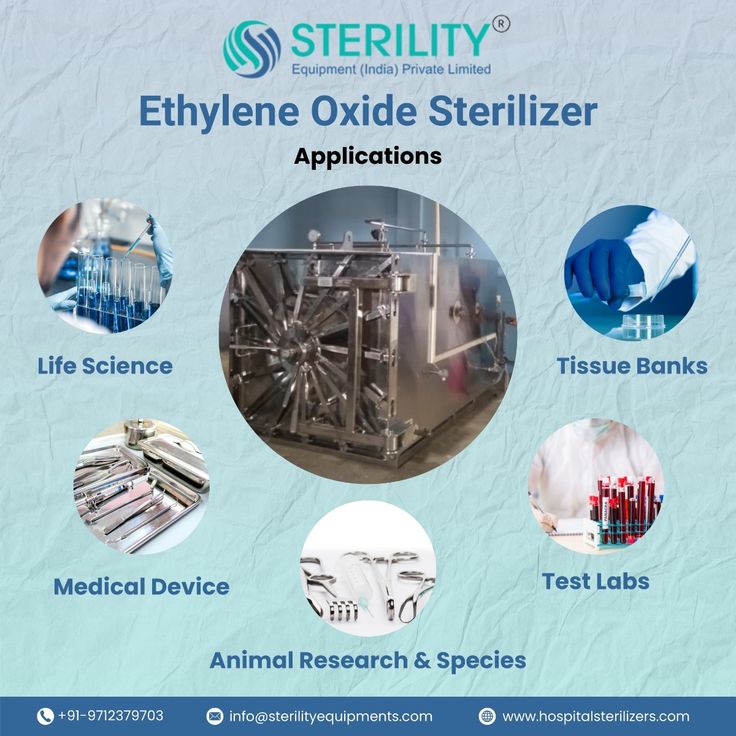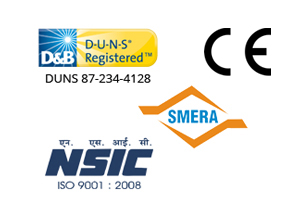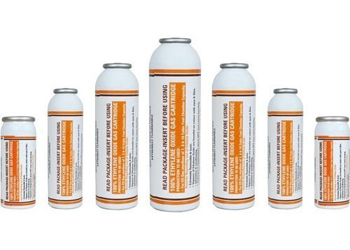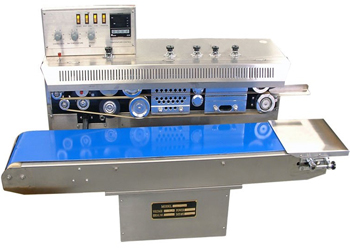Objective
This article provides a detailed, technical overview of Ethylene Oxide Sterilizer Training, Operation & Best Practices, focusing on essential training requirements, room setup considerations, operational protocols, safety monitoring and emergency procedures. It aims to equip professionals working with ETO systems, EO sterilizers and related sterilization equipment with practical knowledge to ensure regulatory compliance, safety and process integrity.
Introduction to ETO Sterilizer Operations
The safe and effective use of ethylene oxide sterilizers requires a disciplined approach. Given the chemical nature of ethylene oxide (EO) and the complexity of the ETO sterilizer process, staff must undergo specific training and follow operational best practices to manage risk, maintain sterility assurance and ensure occupational safety.
Modern ETO sterilization machines are equipped with sophisticated controls and require a high level of technical proficiency. From hospital settings using compact hospital sterilizers to industrial facilities managing large-scale ethylene oxide machines, the need for structured operational protocols is universal.
Understanding the core principles of sterilizer operation, compliance frameworks, safety checks and room design is essential for those handling EO sterilizers daily. This article outlines what facilities must consider to ensure high operational standards in ethylene oxide sterilization environments.
Operator Training Requirements for Safe ETO Sterilizer Handling
Operators managing an EO sterilizer must be trained thoroughly in both theoretical and hands-on aspects of ethylene oxide sterilization. Training programs typically include:
- Understanding EO gas properties, hazards and reactivity
- Interpreting sterilization cycle parameters
- Operating the ETO system under normal and emergency conditions
- Monitoring safety indicators and environmental levels
- Executing shutdown and venting procedures

Training should be tailored to the specific ETO sterilization machine used in the facility. Operators may need to pass competency evaluations and refresher training periodically to remain certified. Facilities should also document all training events for regulatory traceability.
Operators must also be familiar with the ETO sterilizer process, including load preparation, preconditioning, exposure, aeration and monitoring. Since the chemical nature of EO poses health risks, even small deviations in handling protocols can result in significant safety issues.
It is essential that training includes scenario-based drills, such as simulated gas leaks or process failures. This prepares operators to respond appropriately without hesitation, helping to reduce the risk of harm and equipment damage.
Setting Up an Ethylene Oxide Sterilization Room: Layout & Design Tips
The physical layout of a sterilization area can significantly impact safety, efficiency and compliance. Designing a room to house a sterilizer machine, especially one that uses ethylene oxide, involves several critical considerations:
- Segregation of Zones: There must be clearly defined areas for preconditioning, exposure and post-aeration.
- Ventilation Systems: Proper exhaust systems, air filtration units and negative pressure zones must be installed to prevent EO gas accumulation.
- Access Control: Only trained personnel should have access to areas where EO sterilizers are operated.
- EO Monitoring Devices: Gas detection systems should be installed at multiple points throughout the room.
- Emergency Exits and Alarms: Clearly marked and easily accessible for rapid evacuation.
The room layout should accommodate the specific type and size of the ETO sterilization equipment, ensuring space for technicians to move safely around the system during loading and unloading.
Depending on the eto machine price and system specifications, some facilities may also integrate automated carts or conveyors to reduce manual handling. Regardless of automation, safety remains the primary focus during layout design.
Adequate lighting, real-time monitoring displays and ergonomically placed controls also contribute to a safe and functional ETO system environment.
Testimonial
“I did buy a 50 litre ETO sterilizer from Mr Alex, three years ago for Sun Orthopaedic Hospital, Bangalore. I am extremely happy with the service and performance of the machine. Also the running cost of the machine is extremely low.“
Ethylene Oxide Sterilizer: Importance of Preconditioning and Post-Aeration Steps
The ETO sterilizer process does not begin and end with exposure to gas. Two crucial steps – preconditioning and post-aeration – must be followed precisely to ensure the effectiveness of the sterilization cycle and the safety of end-users.
Preconditioning
This phase involves adjusting the temperature and humidity of the product load before EO exposure. It allows for better EO gas penetration by activating microorganisms and removing cold spots. The preconditioning step typically occurs in a dedicated room or chamber and must maintain consistent environmental conditions.
Technicians must monitor:
- Product load temperature
- Relative humidity levels
- Exposure time prior to EO introduction
Failure in preconditioning may lead to incomplete sterilization and product recall risks.
Post-Aeration
After the EO exposure, items must undergo a controlled aeration process to off-gas any residual ethylene oxide. This is essential to meet safety limits for EO residues on medical products, as defined by regulatory standards.
The duration and temperature of post-aeration are determined by product material, packaging and EO absorption rates. Operators must record and validate each aeration cycle.
Both steps must be integrated into the ETO system’s standard operating procedures (SOPs) and validated during process qualification.
ETO Sterilizer Machine: Monitoring Gas Exposure Levels and Worker Health
Ethylene oxide is classified as a hazardous substance with strict exposure limits set by occupational safety authorities. Monitoring gas levels and ensuring worker health must be part of daily operations.
The ETO system room should have fixed gas monitors that trigger alerts when EO levels exceed permissible thresholds. In addition, portable detectors may be used by maintenance staff and during system troubleshooting.
Medical surveillance for employees working near ethylene oxide sterilizers may include:
- Baseline and periodic health assessments
- Respiratory function tests
- EO-specific exposure tracking
Facilities must have procedures to document, report and address any overexposure incidents. Immediate response protocols and follow-up health checks are necessary to ensure that staff remain protected while operating EO sterilizers.
Worker education, combined with real-time monitoring and proper ventilation, forms the backbone of a safe ETO sterilization facility.
Emergency Procedures for Ethylene Oxide Gas Leaks
Despite the best precautions, gas leaks can occur. Facilities using ethylene oxide machines must have detailed emergency response procedures in place to mitigate risks to staff, products and equipment.
Key elements of emergency protocols include:
- Immediate Evacuation: Triggered by gas detection alarms; staff must follow marked exit routes.
- Ventilation Activation: High-speed exhaust fans or scrubbers may be engaged to clear EO gas.
- Medical Response: Exposed personnel may require oxygen or decontamination, depending on exposure level.
- Incident Reporting: Detailed documentation for root cause analysis and regulatory compliance.
Each operator must be familiar with emergency signage, equipment shut-off procedures and location of personal protective equipment (PPE). Periodic drills may be conducted to ensure staff readiness.
In the event of a leak, operations must be suspended until a full assessment and repair are completed. The affected ETO sterilizer must not be restarted until verified by safety personnel.
Having clear and accessible emergency SOPs ensures minimal impact during a gas leak incident and preserves operational integrity.
Conclusion
Handling and operating an ethylene oxide sterilizer demands a comprehensive understanding of technical processes, safety protocols and facility requirements. From initial operator training to room design, from gas exposure monitoring to emergency preparedness, every element must be managed with precision.
The ETO sterilization process is a powerful method for achieving microbial inactivation, but its effectiveness and safety depend heavily on the knowledge and discipline of the people managing it. Whether using a high-capacity ETO sterilization machine or a compact hospital sterilizer, adherence to best practices is non-negotiable.
By maintaining strong operational standards, facilities can ensure not only compliance but also consistent sterilization outcomes in a safe working environment. The evolving landscape of sterilization equipment may bring new technologies and controls, but the fundamentals of training, monitoring and emergency response remain the foundation of safe EO sterilizer operation.







